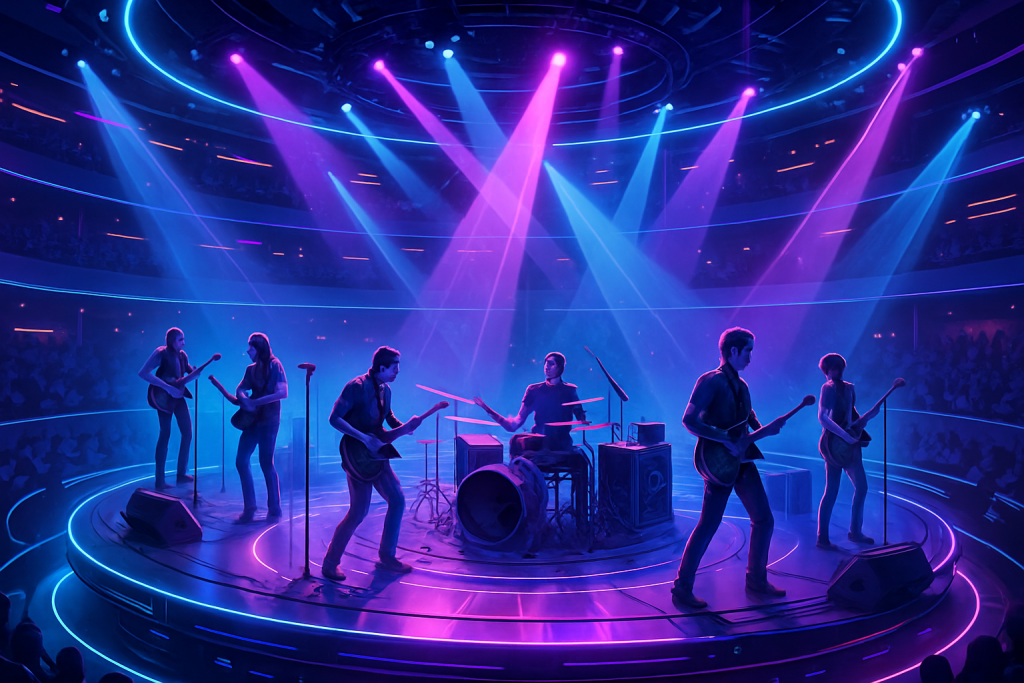Remember the GPU gold rush? It feels like just yesterday we were all scrambling for those precious chips, the lifeblood of the AI revolution. Every startup, every tech giant, every government agency seemed to be throwing money at Nvidia, AMD, and anyone else who could churn out these silicon powerhouses fast enough. It was like the California Gold Rush, but instead of pickaxes, we wielded Python scripts and deep learning frameworks.
But what if I told you the gold rush might be slowing down, not because the gold ran out, but because we found a way to share the existing nuggets more efficiently? That’s precisely what’s happening, thanks to a groundbreaking announcement from Alibaba. Their new technology, codenamed Aegaeon, promises to revolutionize AI infrastructure by allowing multiple AI models to share a single GPU. The potential impact? A staggering 82% reduction in GPU usage. Let that sink in. It’s like finding out your car can suddenly run seven times farther on the same tank of gas.
The context here is crucial. We’re living in an era of insatiable AI hunger. Every day brings new models, bigger datasets, and more demanding applications. Think about it: from self-driving cars navigating rush hour traffic to virtual assistants crafting personalized responses, AI is everywhere, and it all runs on GPUs. The problem is, these chips are expensive, hard to come by, and increasingly subject to export restrictions. It’s a perfect storm of high demand and limited supply. This is where Aegaeon comes in, promising to be the lifeboat in a sea of GPU shortages.
So, how does Aegaeon actually work? Imagine a concert hall. Traditionally, each band (AI model) gets its own dedicated stage (GPU). Aegaeon is like a rotating stage that allows multiple bands to perform on the same platform, switching between them seamlessly. Technically, it involves sophisticated resource allocation and scheduling algorithms that dynamically distribute GPU resources among different models. This allows each model to get the processing power it needs when it needs it, without wasting resources on idle time. In Alibaba’s tests, they managed to run up to seven AI models simultaneously on a single GPU. That’s a game-changer.
The implications are vast. First and foremost, it could significantly lower the cost of deploying AI. If Aegaeon lives up to its promise, it could democratize access to AI, making it more affordable for smaller companies and research institutions. Imagine a startup that previously couldn’t afford to train a complex model now being able to do so on a fraction of the hardware. That’s a huge competitive advantage.
Speaking of competition, Nvidia might be feeling a slight chill. Their H100 chips are the gold standard for AI processing, but they come with a hefty price tag. Aegaeon offers a potential alternative: optimize existing hardware and reduce the need for more expensive chips. It’s like the open-source movement disrupting proprietary software, but for AI hardware. This isn’t to say Nvidia is going away, far from it. But Aegaeon introduces a new dynamic into the market, forcing everyone to rethink their strategies.
But let’s not get ahead of ourselves. As with any new technology, there are caveats. The biggest question mark is scalability. Can Aegaeon handle hundreds or thousands of models simultaneously? Will it maintain its efficiency and reliability under heavy load? These are the questions that Alibaba needs to answer in real-world deployments. It’s one thing to ace the lab tests, it’s another to survive the chaos of a production environment.
The market, however, is already buzzing. Alibaba’s stock jumped 40% in the past three months, fueled in no small part by the Aegaeon announcement. Investors are betting that this technology will give Alibaba a significant competitive edge, both in terms of cost savings and technological prowess. It’s a vote of confidence in Alibaba’s AI strategy, even amidst ongoing supply chain uncertainties and geopolitical tensions.
Beyond the financial implications, Aegaeon also raises some deeper philosophical questions. As AI becomes more powerful and pervasive, how do we ensure its responsible use? How do we balance the benefits of increased efficiency with the potential risks of bias and misuse? These are complex questions that require careful consideration from policymakers, researchers, and the public. It’s not enough to simply build powerful AI; we need to build it responsibly.
Aegaeon is more than just a technical innovation; it’s a symbol of a broader trend: the quest for efficiency and sustainability in the age of AI. As the demand for AI continues to grow, we need to find ways to do more with less. Aegaeon is a step in that direction, a reminder that innovation isn’t just about building bigger and faster machines; it’s also about finding smarter ways to use the resources we already have. It’s a bit like that line from Jurassic Park: “Life finds a way.” Well, in this case, efficiency finds a way.
Discover more from Just Buzz
Subscribe to get the latest posts sent to your email.


